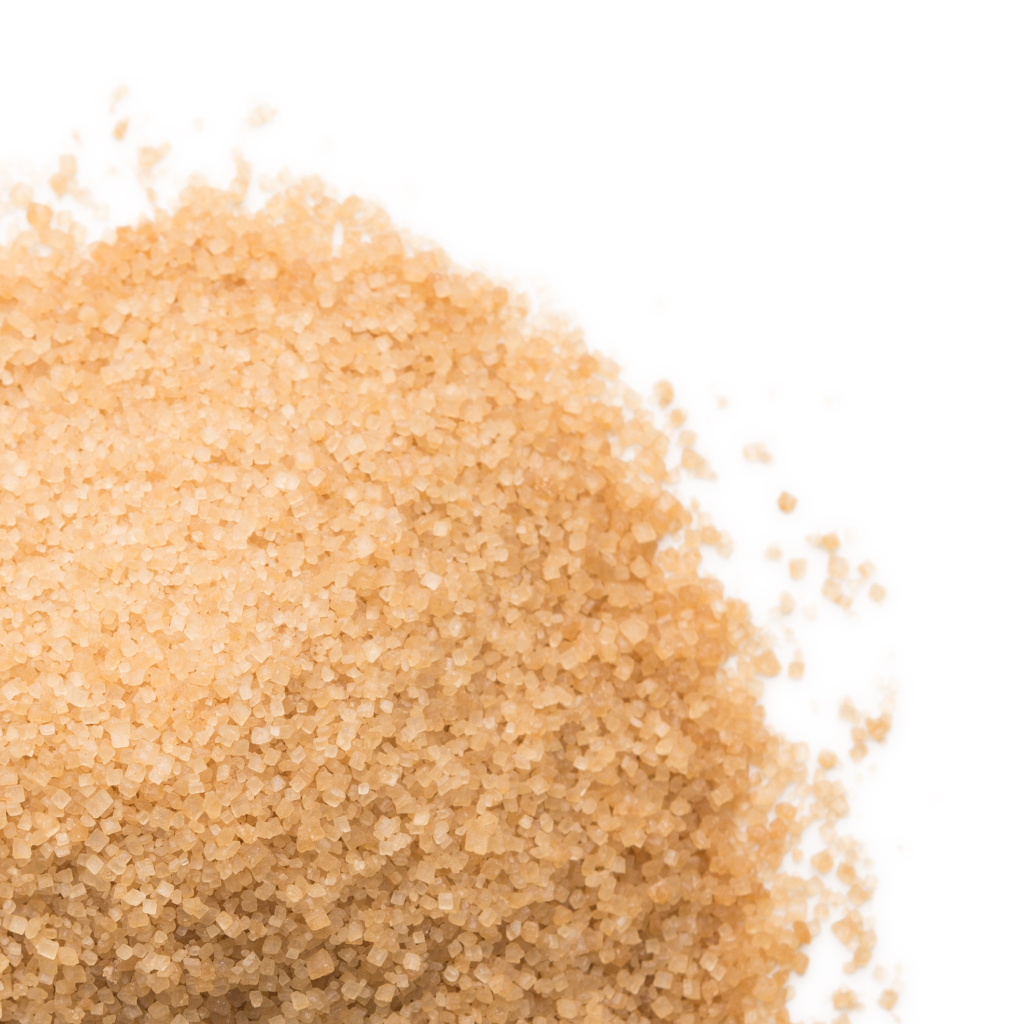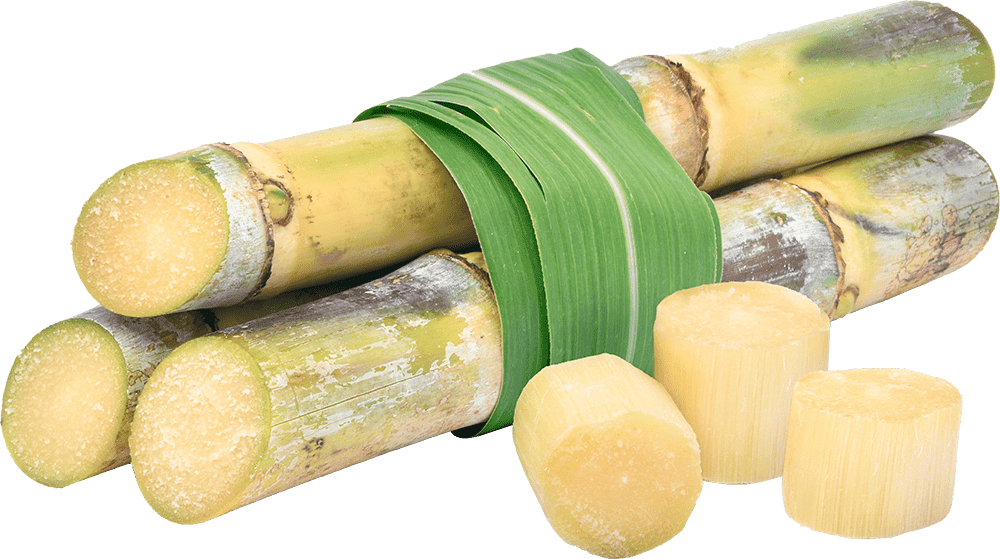The Journey of Cane Sugar Processing: From Harvest to Crystals
The Journey of Cane Sugar Processing: From Harvest to Crystals
Blog Article
A Thorough Overview to the Environmental Impact and Sustainability Practices in Cane Sugar Processing
The environmental influence of walking cane sugar processing provides an intricate range of obstacles that warrant cautious exam. From dirt degradation and extreme water usage to the carbon impact connected with cultivation and manufacturing, the repercussions of standard techniques are significant. What particular practices can be applied to strike an equilibrium between performance and environmental stewardship?
Overview of Walking Cane Sugar Processing
Walking cane sugar processing involves a collection of systematic actions that change sugarcane into polished sugar. Initially, collected sugarcane is delivered to processing centers, where it undergoes cleansing to remove dirt and debris. Following this, the walking stick is squashed to draw out juice, which is after that clarified by getting rid of impurities with home heating and the enhancement of lime.
The made clear juice undergoes evaporation, where water is gotten rid of to focus the sugar content. These crystals are separated from the continuing to be syrup making use of centrifugation, resulting in raw sugar.
The final item is then dried and packaged for distribution. Throughout this whole procedure, keeping efficiency and high quality control is important to make sure the sugar fulfills sector standards. Each step in cane sugar processing not only adds to the end product yet additionally has effects for source usage and waste generation, setting the stage for discussions on sustainability and environmental impacts connected with sugar production.
Environmental Difficulties of Production
The production of cane sugar presents several significant environmental difficulties that warrant interest. One main problem is the comprehensive use of agrochemicals, including pesticides and plant foods, which can cause dirt deterioration, biodiversity loss, and contamination of neighborhood water resources. The overflow from sugarcane areas usually carries these chemicals right into neighboring ecosystems, interrupting aquatic life and impacting the health of communities reliant on these water bodies.
Another difficulty is the high power usage connected with sugarcane handling. The boiling and refining phases need significant warmth, largely produced by burning nonrenewable fuel sources, adding to greenhouse gas discharges. In addition, the extensive acreage needed for sugarcane growing can lead to logging and environment damage, more aggravating environment adjustment and harmful wildlife.
Furthermore, the labor methods in some regions raise ethical concerns, as workers might face poor working problems and poor wages. This scenario commonly continues a cycle of hardship in local areas. Cane Sugar Processing. Resolving these environmental obstacles is crucial for establishing a lot more lasting practices in walking cane sugar production, ultimately benefiting both the setting and the areas associated with this market
Water and Land Use Influence
Water resources and land usage are crucial components in the cane sugar sector that substantially influence the setting. The growing of sugarcane needs significant water input, with price quotes recommending that it can take in approximately 2,000 litres of water per kg of sugar produced. This intensive use of water frequently causes depletion of regional water sources, influencing not only the sugarcane vineyards but additionally surrounding communities and neighborhoods that count on the exact same water sources for farming and domestic usage.

Moreover, land usage for sugarcane cultivation can result in logging and the conversion of natural habitats right into monoculture plantations. This technique reduces biodiversity, interferes with regional environments, and adds to dirt degradation. The expansion of sugarcane areas commonly trespasses on beneficial farming land, developing competition for sources in between food and biofuel manufacturing.
Sustainable techniques, such as enhancing watering techniques and carrying out crop rotation, are vital to alleviate these influences. By taking on a lot more reliable water usage and land administration approaches, check out here the walking cane sugar sector can lower its environmental footprint, making sure a balance between farming performance and environmental conservation.
Greenhouse Gas Emissions
Greenhouse gas exhausts represent a considerable ecological worry within the cane sugar processing market, particularly as farming practices increase to fulfill worldwide need. The cultivation of sugarcane, a crop that prospers in tropical climates, depends greatly on synthetic plant foods and pesticides, which contribute to nitrous oxide emissions. Furthermore, land-use adjustments, including logging for brand-new sugarcane plantations, release co2 kept in plants and dirt.
During processing, power consumption is an additional significant resource of greenhouse gas discharges - Cane Sugar Processing. Several sugar mills utilize fossil gas to power machinery and produce warmth, resulting in considerable carbon impacts. In addition, the transportation of raw sugarcane and ended up products adds layers of emissions through gas burning in lorries
The advancing result of these discharges intensifies climate adjustment, posturing risks not just to the environment however likewise to the long-term viability of the industry. Stakeholders must recognize the urgent need for comprehensive strategies that address these emissions. visit this site This includes evaluating current agricultural practices, processing techniques, and transportation systems to recognize locations for improvement and mitigation. Resolving greenhouse gas exhausts is crucial for cultivating a much more lasting cane sugar market in an altering climate.

Lasting Practices and Innovations
Sustainable techniques and technologies are progressively vital in the cane sugar processing sector as stakeholders seek to reduce environmental influences while keeping performance. One substantial development is the application of integrated plant management, which enhances source usage by integrating dirt monitoring, pest control, and plant turning methods. This strategy enhances yield while decreasing chemical inputs and protecting soil health.
Moreover, the adoption of renewable resource sources, such as biomass from sugarcane deposits, has actually gained traction - Cane Sugar Processing. By converting waste items into power, processing centers can minimize their reliance on fossil fuels, thus lowering greenhouse gas discharges
Water administration techniques have actually additionally seen enhancements through the recycling and reusing of water in handling plants, substantially minimizing freshwater consumption. Developments in modern technology, such as accuracy agriculture, allow farmers to keep track of crop wellness and source usage better, making certain lasting growing practices.
Furthermore, qualification programs like Fair Profession and Rainforest Alliance encourage environmentally accountable farming techniques and advertise social equity within the supply chain. By accepting these lasting practices and innovations, the walking cane sugar processing market my sources can boost its strength and contribute positively to environmental stewardship.
Conclusion
The environmental effect of walking stick sugar processing offers significant obstacles, consisting of soil degradation, high water usage, and greenhouse gas exhausts, together with honest problems connected to labor techniques. Resolving these problems through sustainable techniques, such as incorporated crop management, renewable resource adoption, and water recycling, is vital. By promoting ecologically accountable and socially equitable techniques in sugar manufacturing, the sector can reduce its negative effects, ensuring a more sustainable future for both neighborhoods and communities involved in this industry.
Cane sugar processing includes a series of organized actions that transform sugarcane right into polished sugar. Each step in walking cane sugar processing not only contributes to the final item however additionally has effects for resource use and waste generation, setting the phase for discussions on sustainability and environmental impacts connected with sugar production.
Greenhouse gas emissions represent a substantial ecological worry within the walking stick sugar processing sector, specifically as agricultural practices broaden to satisfy global need.Lasting techniques and technologies are progressively vital in the walking cane sugar processing sector as stakeholders look for to minimize ecological influences while maintaining performance.The ecological influence of walking stick sugar handling offers significant challenges, including dirt deterioration, high water usage, and greenhouse gas discharges, along with moral problems connected to labor techniques.
Report this page